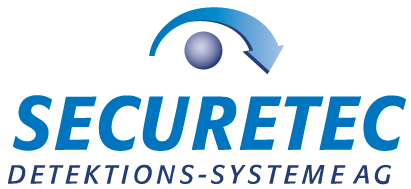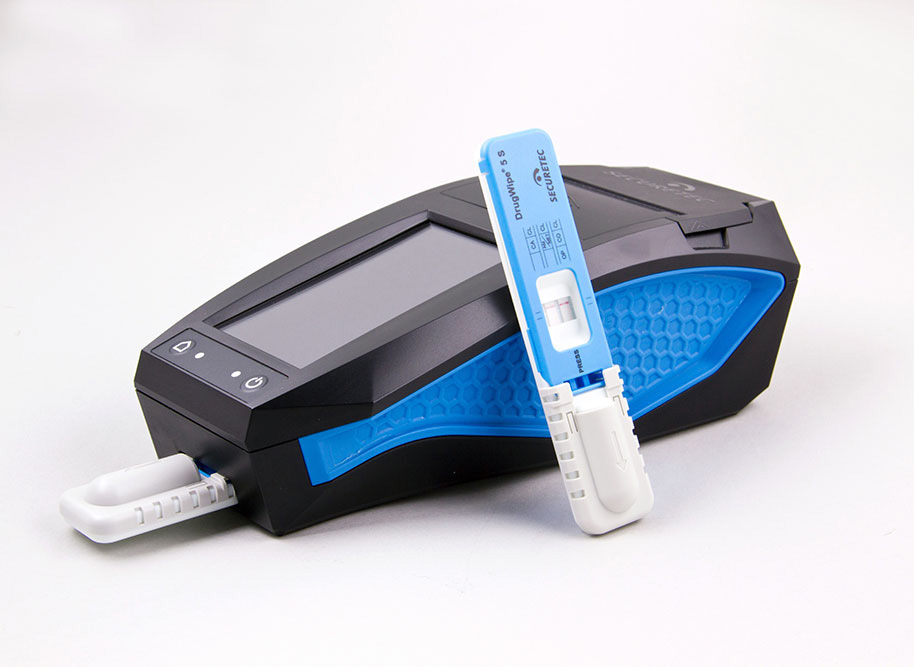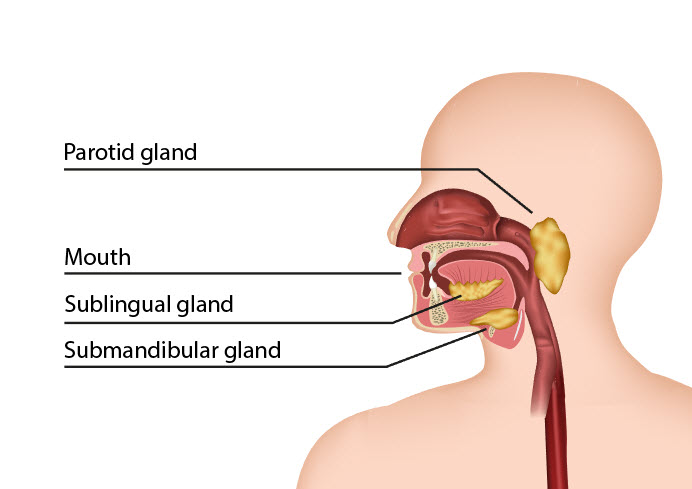
Saliva – the best option for drug tests?
What are the differences between saliva and urine tests? What is each test best for? We deal with these questions in more detail in this and the next newsletter.
Saliva: What exactly is it?
Human beings produce half a liter to a liter of saliva per day. It is 99.5% water. The rest is made up of components in solution such as proteins and enzymes. Saliva keeps the oral cavity moist, allowing you to swallow, speak and taste. Some of the enzymes it contains protect oral mucosa and teeth from infections. Salivary flow can be stimulated in a number of different ways: by moving your tongue or jaw, by acidic foods, or the sight of a tasty meal. It is then referred to as stimulated saliva rather than resting saliva.
How do drugs enter saliva?
The major salivary glands are the parotid, submandibular and sublingual glands. They provide the saliva in the upper jaw behind the molars or under the tongue on the lingual frenulum. Salivary glands are only separated from the surrounding blood vessels by a thin lining of epithelial cells. Many substances, including active substances such as drugs and medicines, penetrate this membrane and pass from the blood to the saliva. This means that there is a close correlation between the windows of detection for their active substances in blood and saliva.
Drugs such as cocaine, opiates, amphetamines and methamphetamines pass from blood into saliva very readily. However, only small quantities of the active ingredient tetrahydrocannabinol pass from blood to saliva.1 Despite this, it can be detected safely and reliably using saliva tests since smoking leaves a deposit of THC across most of the oral cavity.
The right sampling method
Getting the sampling method right is key to obtaining the right results with DrugWipe. It is important to begin by running the tongue around the inside of the mouth in a circular motion three times. This ensures the traces of the drug are evenly distributed and the mucosa are moistened. The DrugWipe sampling pad is now passed over the tongue, pressing slightly, in several long passes. Alternatively, samples can also be collected under the tongue from the lingual frenulum. The sampling pad changes color from red to yellow to indicate that it has absorbed sufficient saliva.
Roadside testing with swaps
Samples can be collected by a police officer directly during traffic stops. Unlike urine tests, tampering with saliva samples is virtually impossible. The drivers’ personal space is only slightly infringed, and so they are more willing to cooperate. At the same time, testers find it easier to overcome their reluctance to work with saliva tests since they don’t come into direct contact with the sample medium. In almost all cases the results can be verified using a blood sample since there is a close correlation between the windows of detection for the active substance in saliva and blood. This assumes, however, that a blood sample is taken shortly after the saliva test. Provided it is, lab diagnostic verification tests produce virtually no so-called false positive results (preliminary test positive, verification test negative). This leads to a higher detection rate for driving under the influence of drugs, increasing safety on our roads. The close correlation with blood tests also reduces the cost of laboratory testing, which is a major consideration in these days of tight budgets.
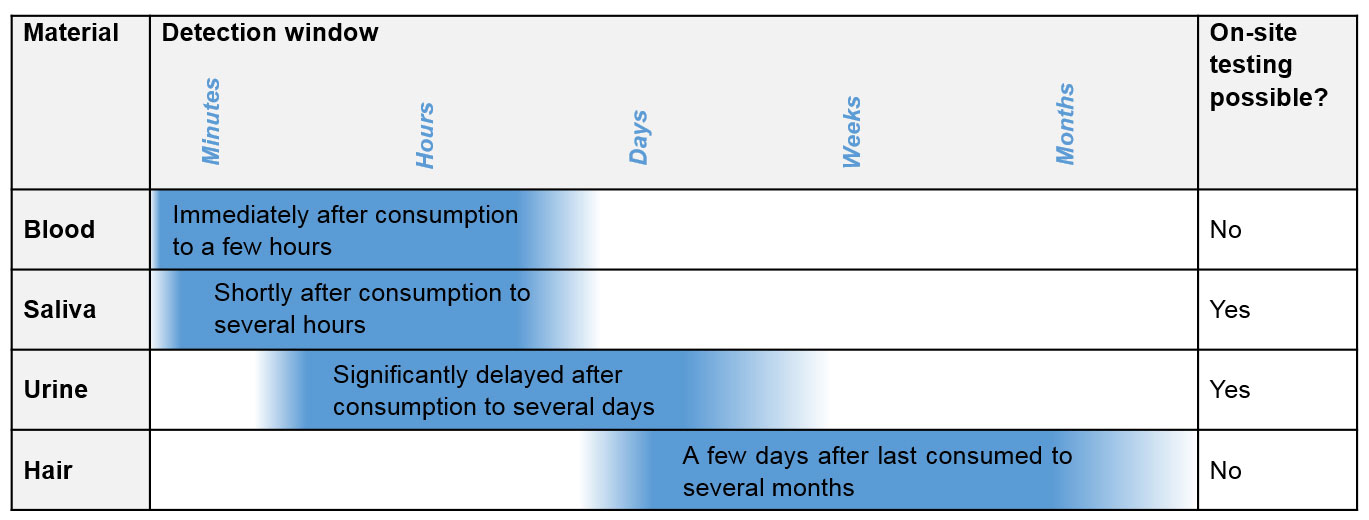
Typical detection windows for drugs in various bodily substances
Saliva tests are also increasingly used in medicine to detect diseases rapidly and reliably. A saliva test to detect AIDS was approved by the FDA in the USA back in 2004.
Due to their close correlation with blood verification tests, saliva tests are a very efficient and reliable method for detecting driving under the influence of drugs. They make a major contribution to the safety of all road users and are recommended by the German Road Safety Council.2
1 Spiehler et al.: Problems of Forensic Sciences, vol XLII, 2000, 160 – 168
2 https://www.dvr.de/drogen/drogenschnelltests.htm, April 6, 2016
